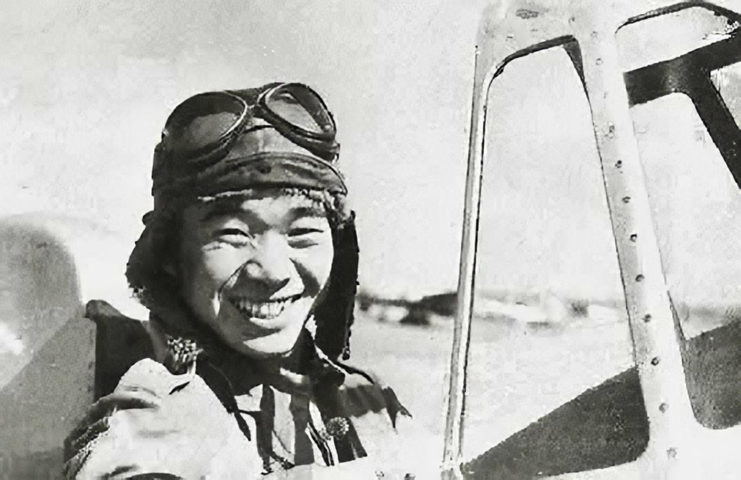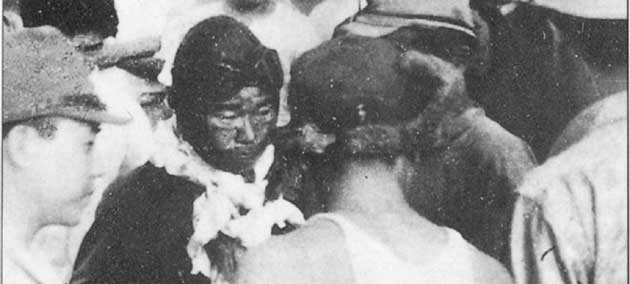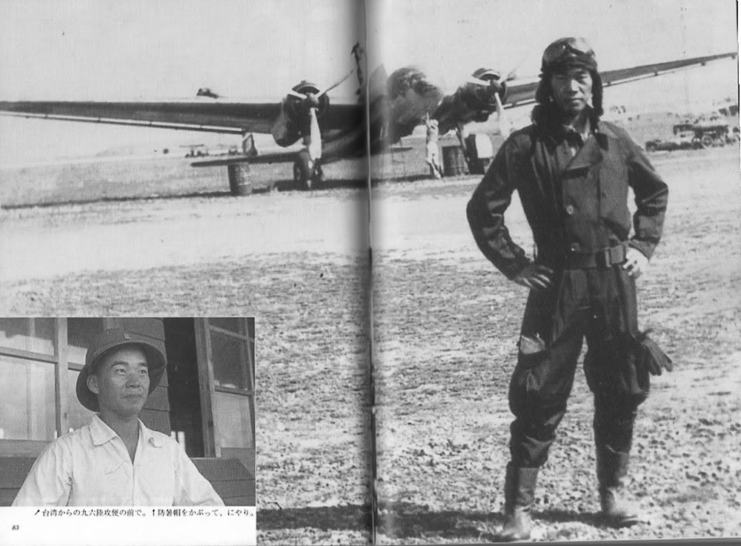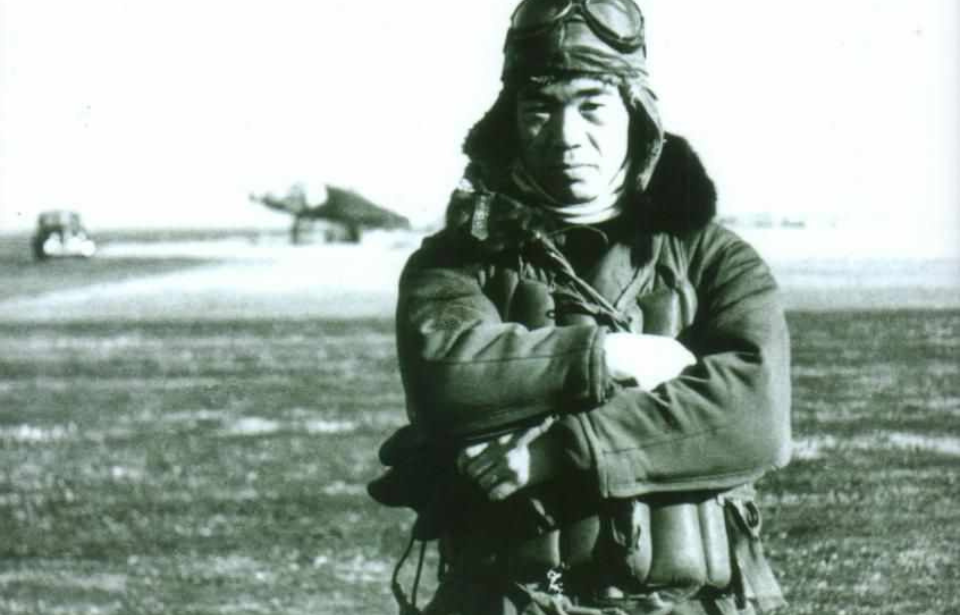Patriotism means some men are willing to fight and die for their country. Taken to the extreme, this impulse also means some are willing to suffer injury and keep fighting, while others would gladly use their wounds as a reason to step back from the fray. Some view this kind of action as pure bravery; others, flat out crazy. Either way, Japanese pilot Saburō Sakai was the very definition of extreme patriotism.
Sakai kept fighting and flying as a naval lieutenant, even after losing the vision in one eye and half of his body becoming paralyzed during battle. Furthermore, when he eventually descended and was helped from his Mitsubishi A5M fighter, he refused to allow medics to assist him until he’d filed a formal report with his superiors.
That’s dedication, many insist. Others argue it’s machismo gone awry.
Enlistment in the Imperial Japanese Army Air Service

Saburō Sakai was from a long line of samurai warriors. He enlisted in the Imperial Japanese Navy (IJN) in 1937 and graduated at the top of his class. However, he longed to be a pilot and, a year later, joined the Imperial Japanese Army Air Service, receiving a silver watch medal from Emperor Hirohito. By the end of the Second World War, he’d be promoted to petty officer second class.
Sakai was one of the pilots involved in the attack on Pearl Harbor, an assault that prompted the United States to join the conflict. He shot down three American aircraft over the Clark Air Base, and, by 1942, was on his way to fight in the Dutch East Indies.
At one point, Sakai came upon an aircraft carrying civilians. Japanese pilots were under strict orders to shoot down any they encountered, whether they be civilian aircraft or fighters. However, as he later recalled in his memoirs, the pilot couldn’t bring himself to attack.
He’d seen through one window a blonde woman holding a child. She reminded him of a teacher he’d had in school, so he signaled to the pilot to carry on, assuring him he wouldn’t fire. Naturally, Sakai didn’t report the encounter to his superiors.
Suffering serious injuries in the sky

On August 8, 1942, Saburō Sakai was badly wounded during combat. His skull was struck by a .30-caliber bullet, which left him blind in his left eye and temporarily so in his right. Half of his body also became paralyzed. Disoriented, his Mitsubishi A5M rolled into a dive, only pulling out when the blood in the pilot’s right eye cleared enough for him to see his circumstances.
In this condition, Sakai somehow managed to fly a four-hour, 47-minute flight of over 640 miles back to Rabaul, New Guina.
He was subsequently discharged from active-duty service in 1943, and continued to work with the Air Service by teaching young pilots. This position didn’t satisfy him, however, and he was determined to return to the fight – and the skies. His superiors badly needed pilots, so relented and allowed him to go into battle once again.
However, Japan was losing the war, and the country’s pilots weren’t faring well in the skies.
From fighter pilot to Buddhism

While surgeons later restored some of Saburō Sakai’s movement, they were never able to repair the damage to his vision.
Curiously, he left the Air Service and became a Buddhist. Perhaps all the death and carnage of the war finally affected his psyche. He wound up settling in Tokyo and vowed he would never again kill a living being, not even something as small as a fly.
More from us: The Disastrous Operation Aphrodite Killed JFK’s Brother
In spite of the injuries he sustained during World War II, Sakai lived until September 2000. He died peacefully of old age, and is remembered in Japan as one of the heroes of the country’s fighting forces in a conflict that put the nation on the wrong side: the wrong side of the war, the wrong side of political wisdom and, most assuredly, the wrong side of history.
